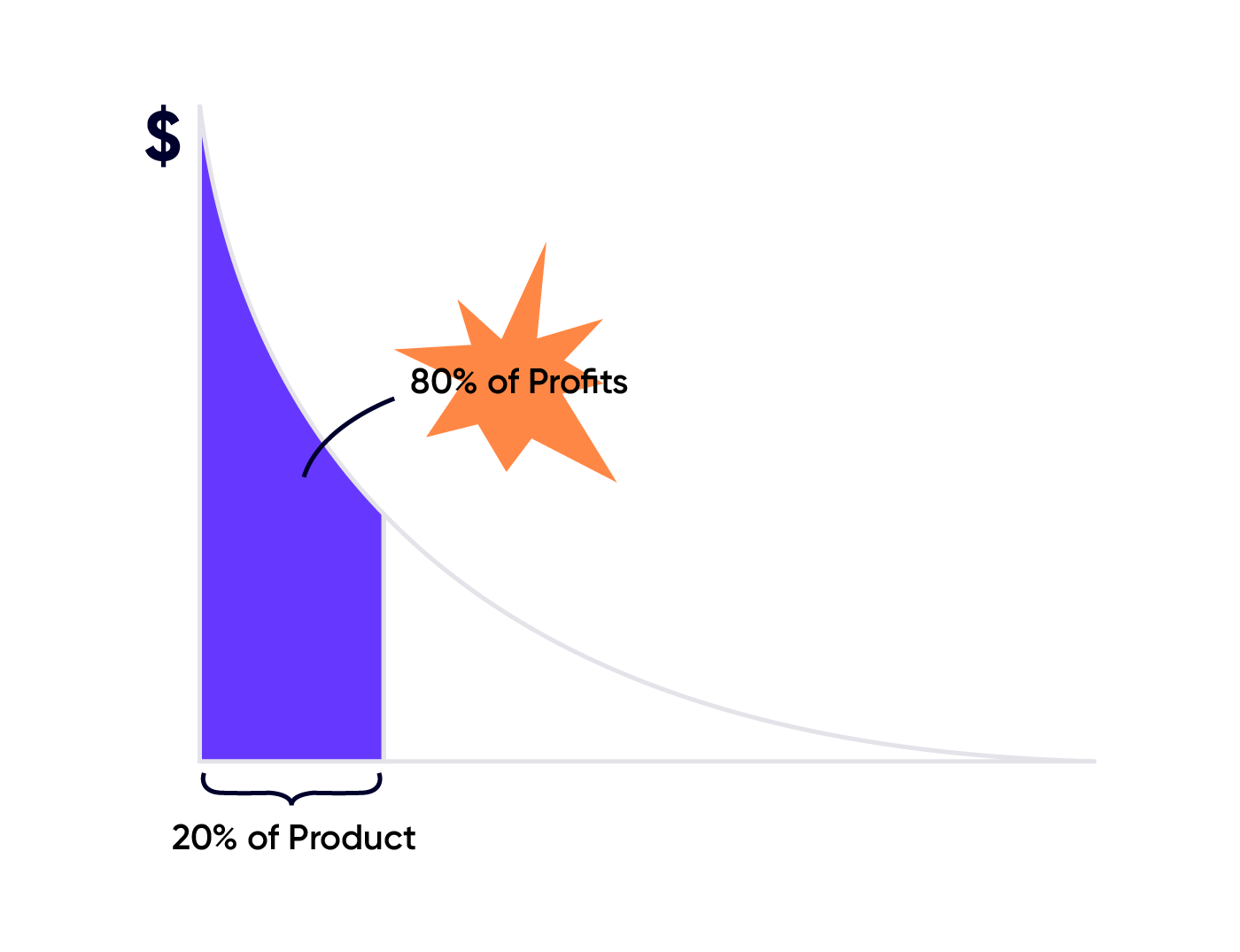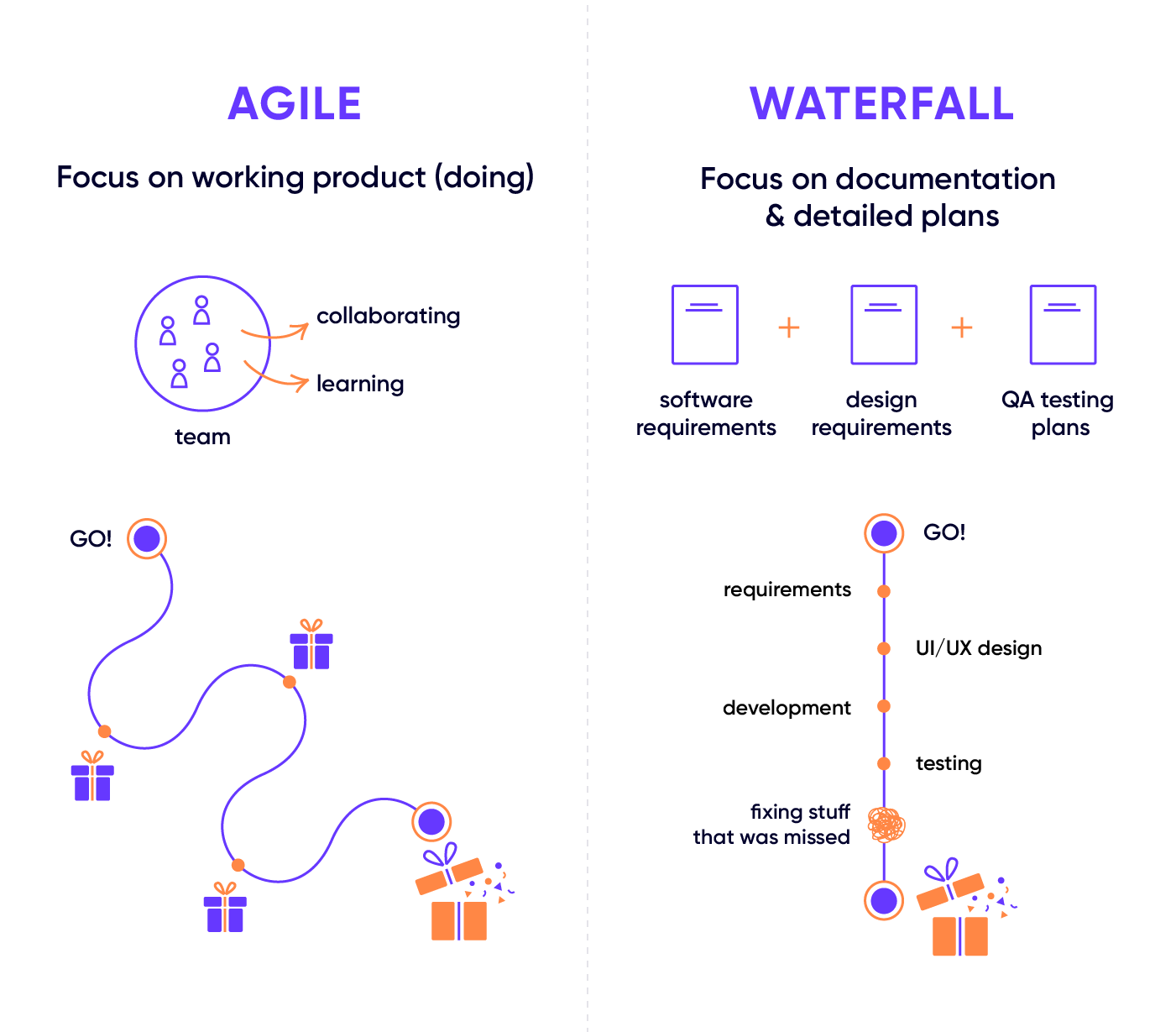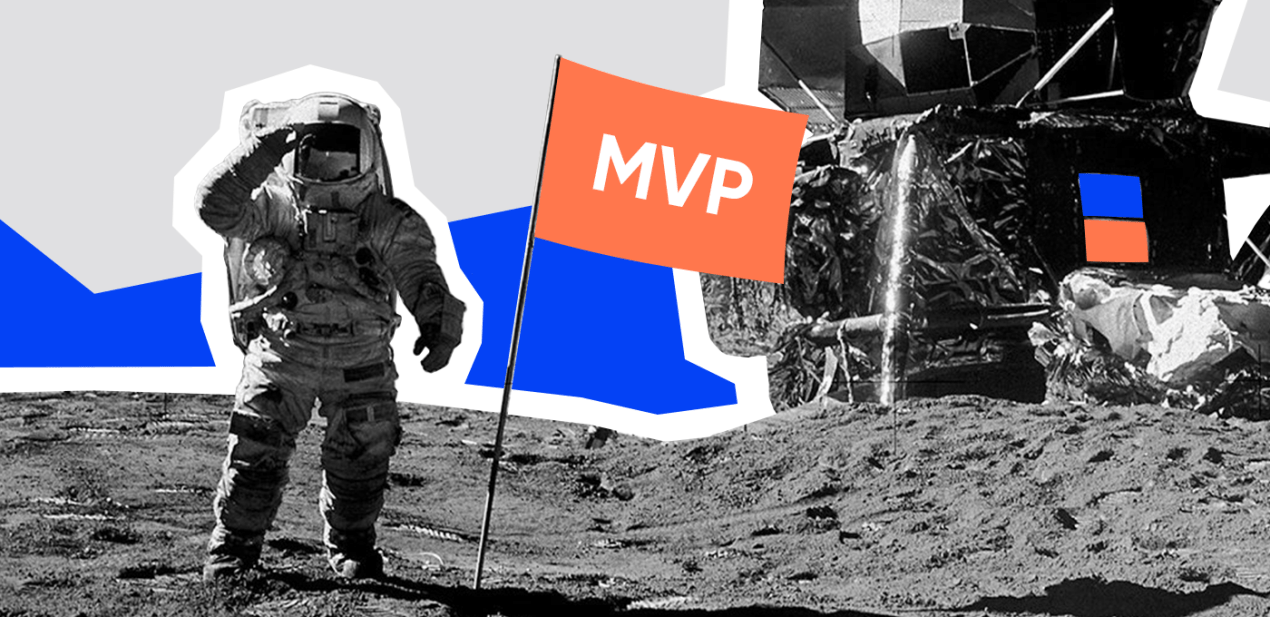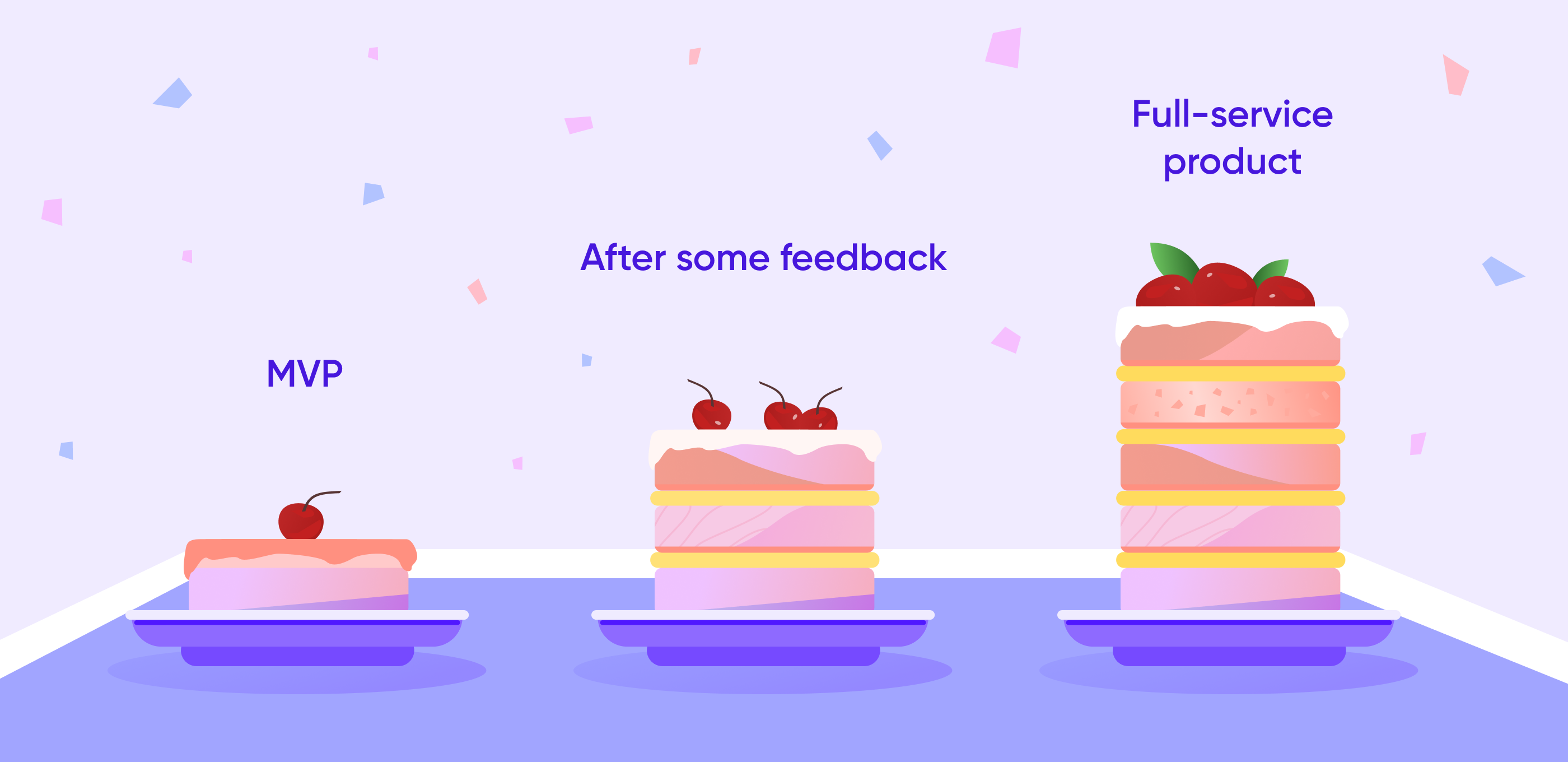MVP Agile development for startups is great. Why? Because it lets you test the product and the market, engage with early adopters, attract the first customers, get funds, and save budget for a further startup journey.
Rather than making you feel bored and providing War-and-Peace-long ‘Philosophy’ and ‘Tools’-descriptions, let’s switch immediately to the main pros.
First of all, Agile is NOT the same as Waterfall — hope that we’re on the same page about that. In case you have no idea about both of them, here’s everything you should know about these two methodologies:
In Waterfall, a working product occurs in the late stages. Plus, you have tons of documentation
For MVP projects, Waterfall is never a good idea. Why is it better to focus on Agile Development? Let’s take a look at its biggest advantages:
- Customers’ needs met. Agile development at the MVP stage = a lot of research. You build the minimum set of features needed to release the app and just share it with users. Based on received feedback, you come to an understanding about which parts to refile. Regardless of what you plan to polish or remove, it’s based not on your gut feeling but on potential customers’ needs and wishes. How can you decide what brings engagement and satisfaction without asking potential customers straight out?
- Development starts right away. This is the area where Pareto 80/20 rule is damn useful. The idea is pretty simple:
 Choose just 20% from the backlog based on feature values(ROI) to the end product. Then achieve 80% of customer satisfaction
Choose just 20% from the backlog based on feature values(ROI) to the end product. Then achieve 80% of customer satisfaction
At the MVP stage, getting started with ”nice-to-haves
P.S: We’re not advocating ignoring the other 80% of features. Just like when the river bridge framework is built, workers still need to deal with load balancing, storm protection, and lighting. Once you get feedback from the first customers, you can use that knowledge to add the rest based on the demand level.
- Frequent releases. In Agile development, the entire working process is split into small testable pieces. The devs take on fewer features (in some cases, it can even be a single feature), gradually deliver them (within weeks, not months), then do testing and fix bugs. It’s possible to plan each release on the fly and even change the strategy you picked earlier — for instance, if the market situation has changed
- Ease of making changes. Unlike Waterfall, Agile development allows to make sure what needs to be built or improved before ‘you broke the bank for the sake of getting this done’. You can easily tweak and refine the product at the end of each iteration. You just deliver, track the reaction, and refine. Then repeat. Sounds perfect, doesn’t it?
- Absolute transparency during the entire process. In Agile development, you’re a part of the entire product development: from backlog prioritization to iteration planning and progress reviewing stages. Of course, every product owner should primarily be focused on the business side — marketing and sales. Although, it’s also crucial to take part in significant UI/UX and development decisions (‘Simply build a cool app’ never works — fact)
- Money for further development. If the idea fails (you might discover that the market has a better solution to handle this problem OR that the problem isn’t a problem at all), you still have money for pivot. OR it might turn out that you came up with something absolutely new. Without trying, you won’t know this for sure 🙂
Agile is not a silver bullet
It’s just one working way to get the product idea off the ground. Make sure you’re aware of possible risks:
- Lack of documentation makes it tough for new developers to join the project. Hiring a team that suffers from high turnover increases the risk of problems. The problems start arising when someone quits, becomes sick, or dies
- Testers are needed throughout the project. The more testing you need, the more money you’ll have to take out of your pocket
- Works better for collocated teams. You know, plenty of messaging tools help to manage this problem. However, for meetings that require close listening, like design discussions, it can be a problem. Or when you hire newcomers who often need hand-holding or encouragement
Agile isn’t a tool, but a way of thinking. You cannot “switch to Agile” because you’ve read five books, manuals, or whatever else. To make it work, you need practice here and now. Throw a stone at anyone, who says otherwise.












